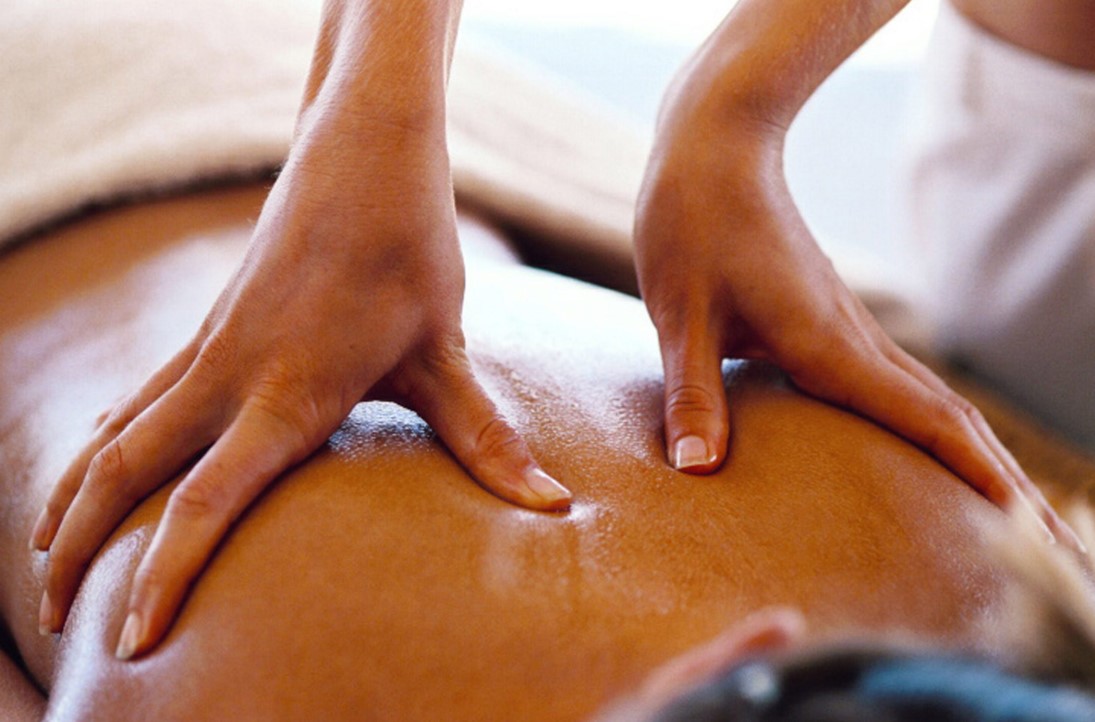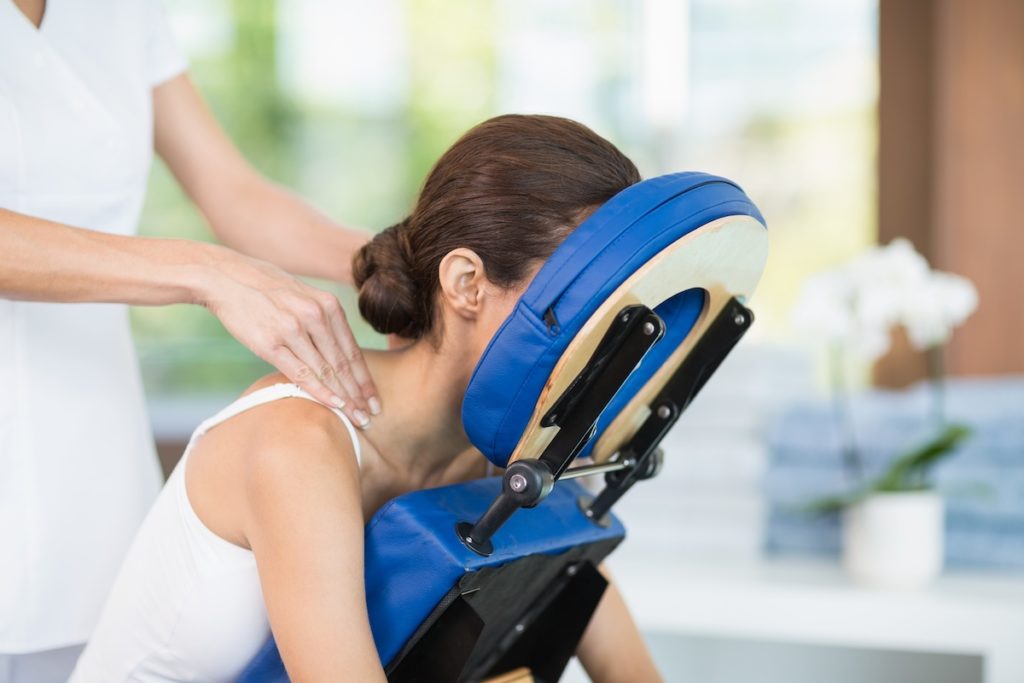Modern workplaces often function under immense pressure, with employees expected to meet tight deadlines, adapt to constant changes, and maintain high levels of performance.
Stress has become an epidemic in many industries, leading to burnout, absenteeism, and declining productivity.
In response, companies are turning toward holistic wellness initiatives that nurture both the body and the mind.
Massage therapy has emerged as a powerful workplace wellness tool, offering immediate stress relief while supporting long-term employee engagement.
The Science Behind Massage Therapy
Modern work routines expose employees to long hours at desks, constant multitasking, and ongoing digital fatigue.
Stress builds gradually, impacting both physical health and mental sharpness. Massage therapy introduces a practical solution grounded in science.
It not only provides temporary relaxation but also creates physiological and psychological changes that support long-term resilience.
Physiologically, massage has a measurable impact on the body.
Studies highlight its ability to lower cortisol, the stress hormone that often remains chronically elevated in high-pressure environments.
Muscle tension relief plays an equally important role, as it minimizes discomfort that builds up through repetitive tasks like typing or sitting.

Key physiological effects include:
- Reduced cortisol levels, lowering stress load
- Improved circulation that enhances energy flow
- Relief of chronic muscle tension in problem areas
- Endorphin release that creates an elevated mood
Psychological outcomes often mirror the physical improvements. Employees who experience massage therapy report lower levels of anxiety and reduced depressive symptoms.
A calmer mental state improves focus and clarity, allowing for stronger decision-making and creative thinking.
Ki Medical Center emphasizes that stress levels can drop by as much as 85%, while Moorgate Massage underlines how conscious touch brings sharper concentration.
Together, these benefits establish massage as a vital workplace wellness practice, producing a workforce capable of handling professional challenges with improved stability.
How Massage Enhances Workplace Productivity
Workplace productivity relies on more than technical skills. Employees need mental clarity, physical comfort, and emotional balance to perform at their best.
Massage therapy addresses each of these factors simultaneously, creating measurable improvements in output and performance.
Improved focus and memory ensure employees can stay attentive throughout the day without the cognitive fatigue that typically sets in.
Enhanced cognitive function, particularly in tasks requiring problem-solving and creativity, becomes more noticeable with regular sessions.
On the physical side, discomfort caused by poor posture or repetitive motion often interferes with concentration.
Massage therapy directly addresses this, relieving tension in common trouble spots like the shoulders, neck, and back.
Key productivity advantages include:
- Improved focus, memory, and cognitive sharpness
- Reduced aches and pains that distract during tasks
- Stronger problem-solving and innovative thinking
- Boosted mood and motivation to handle workloads
Morale also rises when wellness initiatives such as massage are offered. Employees feel valued, and that sense of investment in their well-being strengthens engagement.
Lower turnover rates and higher levels of job satisfaction often follow.
Morale improvements tend to ripple across teams, inspiring collaboration and better communication.
Research by Ki Medical Center confirms higher productivity among regular massage users, while Cute Massage Therapy highlights engagement and resilience as the core outcomes.

Implementation Strategies for Workplace Massage Programs
Introducing massage into the workplace requires thoughtful planning. Companies that design programs with employee needs in mind will see the strongest results. Massage can be delivered in several formats, each offering specific benefits.
On-Site Chair Massage
Short, targeted sessions keep the workday flowing while providing maximum relief. Sessions usually last 10–20 minutes, focusing on areas where office workers hold the most tension: the shoulders, neck, and back.
By creating a quiet, private area within the office, employees can enjoy a massage without losing valuable time.
The simplicity of setup makes chair massage one of the most accessible models for businesses.
Partnering with Local Massage Therapists
Collaboration with local practitioners expands wellness offerings while supporting community ties. Companies can arrange discounts, group packages, or recurring programs to give employees regular access.
Some services, such as Relaxation and B2B massage Setia Alam, demonstrate how local partnerships can deliver specialized wellness models tailored for business environments.
Advantages of partnerships include:
- Community collaboration that builds goodwill
- Cost-effective packages for companies and staff
- Consistency through professional expertise
Scheduling and Frequency
Consistency plays a decisive role in the long-term success of workplace massage programs.
Occasional one-off sessions may provide temporary relief, but lasting benefits require a structured and predictable schedule.
Employees perform at their best when stress levels are managed consistently, which is why regular massage sessions help prevent the build-up of tension before it becomes overwhelming.
Weekly or bi-weekly scheduling is often the most effective, though some businesses may choose monthly sessions if budgets are tighter.
Flexibility remains equally important. Not every employee can step away at the same time, and demanding workloads may make rigid scheduling impractical.
Allowing staff to select their preferred time slots ensures minimal disruption to productivity.
Flexibility also reduces the risk of employees feeling that wellness programs interfere with deadlines or meetings. The more convenient the process, the more likely staff will participate and benefit fully.
Technology further simplifies implementation.
Online booking systems or mobile apps allow employees to reserve their session quickly, while internal communication platforms such as company intranets or HR systems can provide easy access to schedules.
Transparent communication about availability also improves participation, as staff know when and how they can take advantage of the service.

Complementary Wellness Practices
Massage therapy works best as part of a broader wellness strategy.
Companies that combine massage with other initiatives create a more holistic environment where employees thrive.
Supporting posture and ergonomics prevents strain and injury that often accumulate over time.
Encouraging hydration and stretching throughout the day boosts circulation and reduces fatigue.
Mindfulness and meditation practices add mental balance, while fitness programs improve overall resilience.
Pairing massage with therapies such as Hijama offers employees multiple ways to maintain well-being.
Practical complementary strategies include:
- Encouraging proper desk posture and ergonomic tools
- Promoting hydration and regular stretching
- Offering guided mindfulness or meditation sessions
- Adding fitness or alternative wellness therapies
The Bottom Line
Wellness and productivity are interconnected, and massage therapy provides an accessible way to support both.
Stress reduction, improved focus, and stronger morale collectively raise workplace performance.
Investing in massage therapy is not merely an act of kindness but a strategic decision that drives measurable outcomes.
Organizations ready to take this step are encouraged to remember one guiding principle: invest in your employees’ well-being, and productivity will follow.





